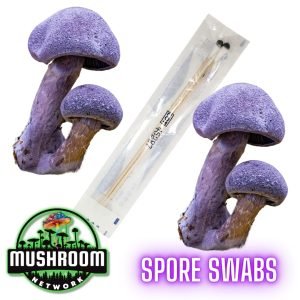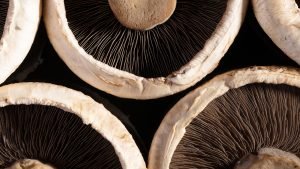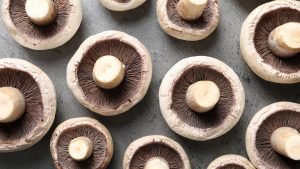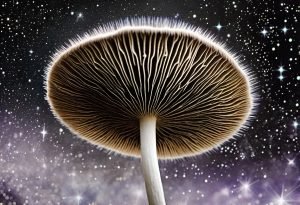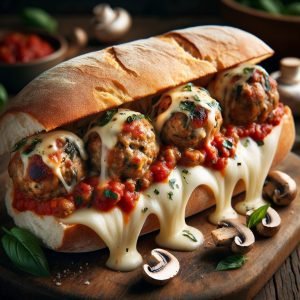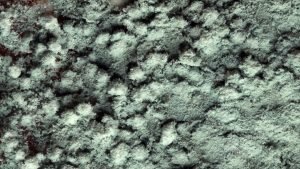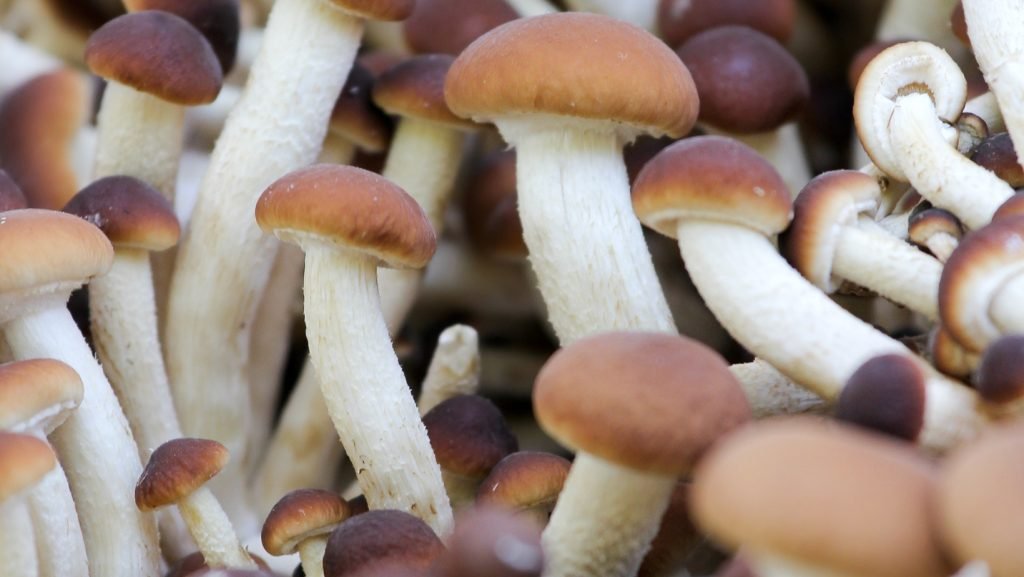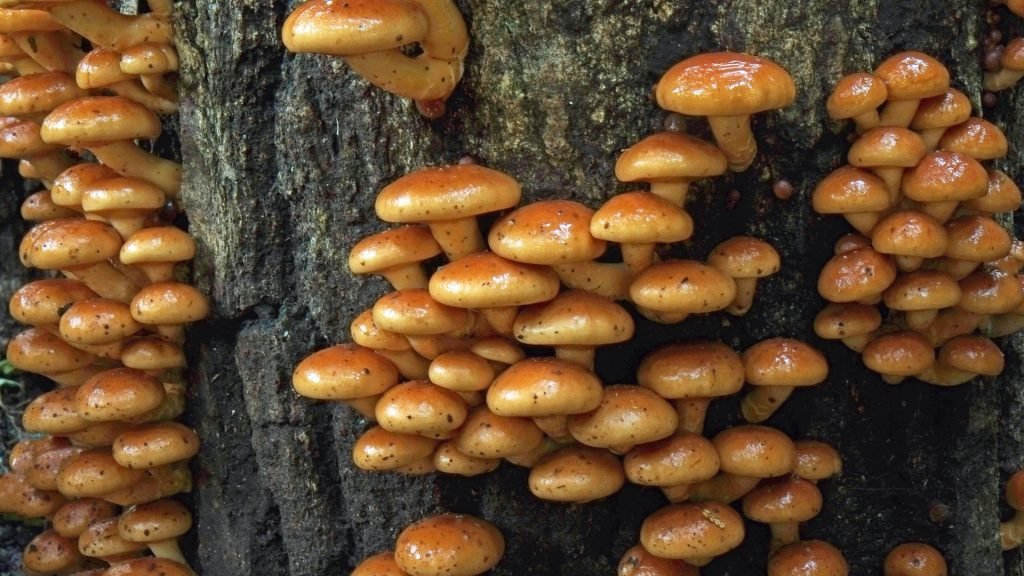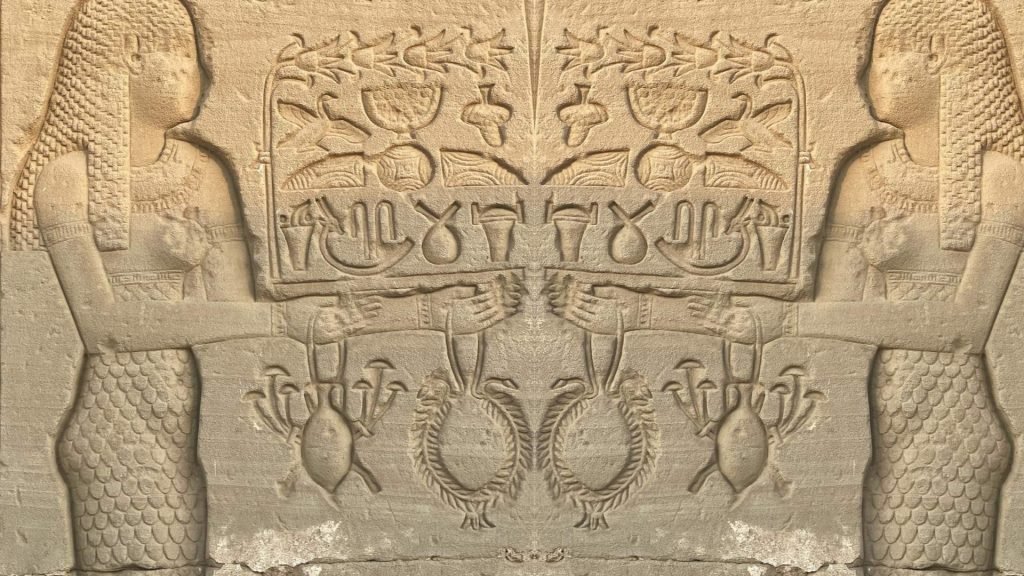Greetings, fellow mycophiles and curious minds! Welcome to a comprehensive exploration of one of the most beloved mushrooms on the planet, Agaricus Bisporus. Whether you’re a gourmet chef, a backyard gardener, or simply a mushroom enthusiast, there’s something enchanting about the journey of discovery with this fungal friend. So, let’s dive into the world of Agaricus Bisporus with enthusiasm and perhaps a bit of humor—after all, even mushrooms enjoy a good laugh now and then!
SCIENTIFIC NAME:
(Agaricus Bisporus)
COMMON NAME(S):
Common Mushroom | White Mushroom | Button Mushroom | Cultivated Mushroom | Table Mushroom | Champignon (French for Mushroom) | Swiss Brown Mushroom | Roman Brown Mushroom | Italian Brown Mushroom | Cremini/Crimini Mushroom | Baby Bella | Portobello | Portabella | Portobella
I-NAME:
PBM
#cookeFounding Mycologist/Discovered By:
Originally described by English botanist Mordecai Cubitt Cooke in 1871. However, its domestication dates back to the 17th century in France. Learn more!
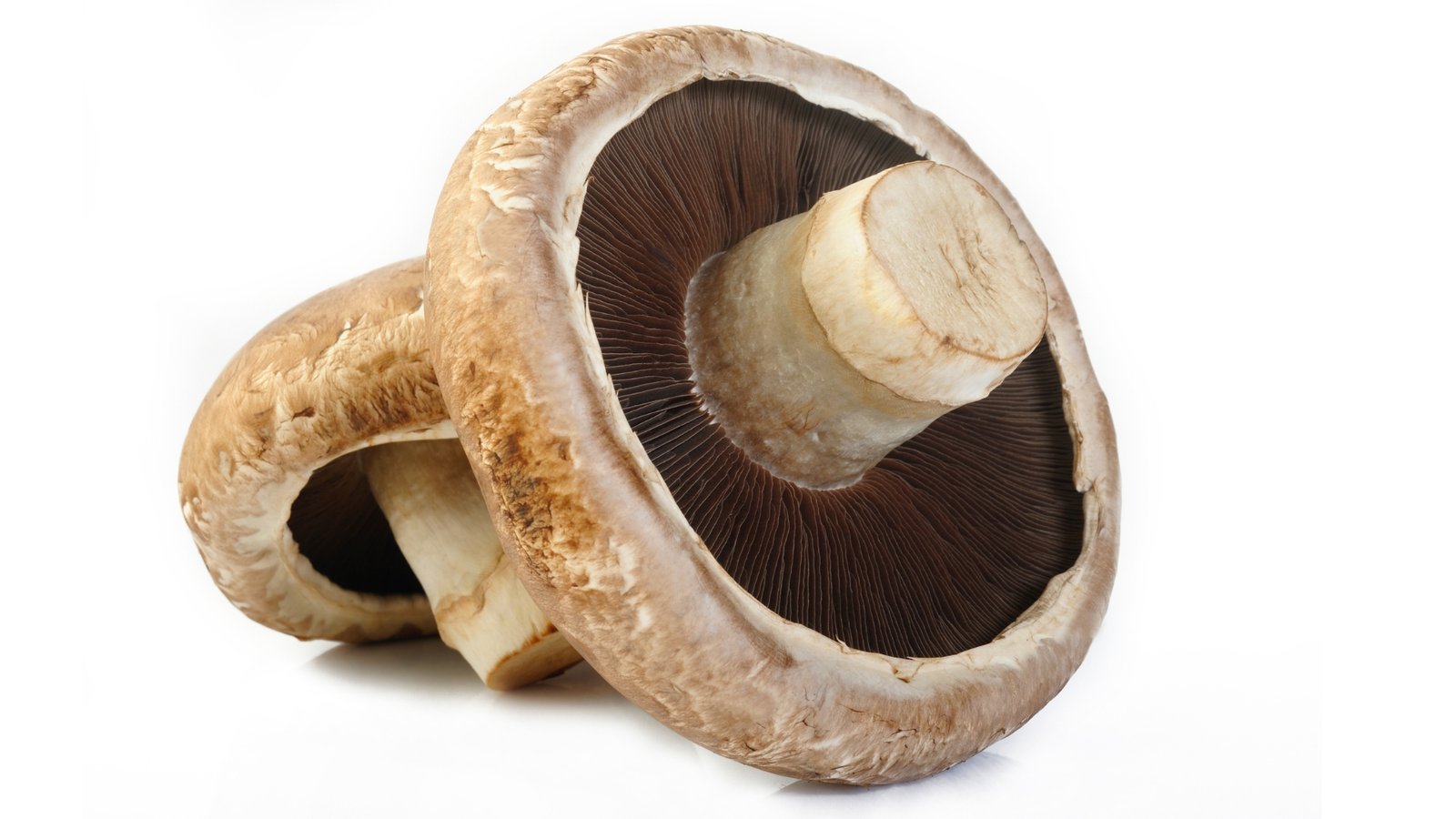
RECOMMENDED TEMPERATURES
Colonizing Temps:70-75°F (21-24°C) | Fruiting Temps:55-60°F (13-16°C) |
SPORE COLOR:
DARK BROWN
Agaricus Bisporus, the humble button mushroom, graces our tables in various guises, from fresh salads to hearty stews. This versatile fungi, with its mild flavor and meaty texture, has a fascinating journey from spore to supermarket.
Step right up to the Mushroom Carnival! 🍄🎪 New here? Don’t wander in the wild yonder picking ‘shrooms willy-nilly! Educate yourself and avoid the ‘oops, I ate it’ face. 🤯 Log In or Become a Myco-Patron (it’s as free as a spore in the wind!). Join us to unravel the myco-magic! 🧙
Founding Mycologist/Discovered By:
The button mushroom, scientifically classified as Agaricus Bisporus, was formally described by English Botanist Mordecai Cubitt Cooke in 1871. However, the cultivation practices and domestication of Agaricus Bisporus trace back to the B, marking an early milestone in mushroom cultivation history. This distinction highlights the evolution of Agaricus Bisporus from its natural occurrence to a staple in mushroom agriculture, benefiting from centuries of human innovation and care. The cultivation methods developed during this period laid the groundwork for modern mushroom farming, showcasing the blend of traditional wisdom and scientific advancement in the field of mycology.
Mushrooms in General:
The relationship between humans and mushrooms extends far into prehistory, with various cultures around the world utilizing wild mushrooms for food, medicine, and ritual purposes. This longstanding history reflects the diverse roles mushrooms have played in human societies, predating formal scientific study and cultivation practices. The domestication of specific species like Agaricus Bisporus represents a specific chapter in the broader narrative of humans’ engagement with the fungal kingdom.
DESCRIPTION:
This species features a smooth cap ranging from white to light brown, which expands from a hemispherical shape to nearly flat as it matures. Its close gills turn from pink to a chocolate brown as the spores mature.
INTENDED USES:




HABITAT AND DISTRIBUTION:
Cultivated with great care across the globe, Agaricus Bisporus flourishes in carefully prepared composts that are rich in organic materials, reflecting humanity’s deep-seated tradition of agricultural ingenuity. While its cultivation spans various climates and regions, its wild counterparts seek the welcoming embrace of grassy fields, a preference that speaks to its adaptability and resilience. The global distribution of Agaricus Bisporus, from the cultivated beds of farms to the wild grasslands, underscores the mushroom’s incredible journey from wild obscurity to a cornerstone of culinary practices around the world.
ECOLOGICAL ROLE:
In the grand tapestry of the ecosystem, Agaricus Bisporus assumes the vital role of a saprotroph, a steward of decomposition and renewal. By breaking down organic matter, it not only recycles nutrients back into the soil but also ensures the continuation of a balanced, thriving ecosystem. This process of decomposition underscores the mushroom’s integral role in maintaining the health of our environment, reminding us of the interconnectedness of all life forms.
GROWTH AND CULTIVATION:
The cultivation of Agaricus Bisporus is a testament to human ingenuity and dedication to the craft of mycology. Through a meticulous process that simulates the mushroom’s natural lifecycle, cultivators provide the ideal conditions for growth, from the nurturing beds of mycelium to the emergence of robust fruiting bodies. This careful orchestration of temperature, humidity, and substrate composition mirrors the mushroom’s natural habitats, enabling us to enjoy its bounty irrespective of the season.
HISTORICAL & CULTURAL INFO:
The domestication of Agaricus Bisporus stands as a monumental chapter in the annals of mycology, tracing a history of human curiosity and culinary innovation. From its modest beginnings in the wild to its esteemed place at our tables, the mushroom’s journey is a narrative of human endeavor to harness and celebrate the natural world. This relationship not only highlights the mushroom’s culinary appeal but also reflects our enduring fascination with the fungal kingdom.
GENETIC LINEAGE/HISTORY:
The genetic evolution of Agaricus Bisporus, shaped by centuries of selective breeding, reveals a story of adaptation and diversity. By selecting for desirable traits such as size, color, and yield, cultivators have unveiled the mushroom’s rich genetic tapestry, offering insights into its adaptability and the potential for future innovations in cultivation and culinary application.
CHEMICAL COMPOSITION:
Agaricus Bisporus, a cornerstone in the culinary world, is not only cherished for its taste but also for its nutritional bounty. This mushroom is a potent source of vitamins, particularly B and D, which are crucial for metabolic health and bone strength, respectively. It’s rich in essential minerals such as selenium, potassium, and phosphorus, which play vital roles in antioxidant defense, nerve function, and bone health. The dietary fibers present are pivotal for digestive health, showcasing the mushroom’s multifaceted contribution to our diets. Recent research has shed light on the presence of specific compounds that could have broader implications in nutrition and health, making Agaricus Bisporus a subject of ongoing scientific interest.
MEDICINAL PROPERTIES (if applicable):
While Agaricus Bisporus is predominantly known for its culinary appeal, its nutrient-dense profile lends itself to various health benefits. The vitamins and minerals it contains are integral to maintaining a healthy immune system, supporting bone health, and potentially reducing the risk of chronic diseases. Although direct medicinal properties are not as pronounced as in some other fungi species, the indirect health benefits stemming from its nutritional composition are undeniable. It’s a testament to the broader potential of fungi in supporting well-being and preventive health care strategies.
CULINARY USES (if applicable):
Agaricus Bisporus reigns supreme in the kitchen due to its versatile flavor and satisfying texture. It’s a staple in numerous dishes worldwide, from hearty stews and savory sautés to elegant appetizers and salads. Its ability to absorb flavors makes it an excellent ingredient in diverse culinary traditions, capable of transforming a simple meal into a gourmet experience. The mushroom’s adaptability in texture and flavor underscores its universal appeal and enduring popularity in the culinary arts.
CAUTIONS & WARNINGS:
The consumption of Agaricus Bisporus, while generally safe, comes with advisories. Notably, research by Paul Stamets highlighted the presence of Agaritine, a mycotoxin found predominantly in the mushroom’s younger stages. Agaritine’s potential health implications suggest that cooking Agaricus bisporus, rather than consuming it raw, is advisable, especially when eaten in large quantities. This precaution minimizes the risk associated with the toxin and underscores the importance of culinary preparation in ensuring the mushroom’s safe consumption. Additionally, exposure to sunlight before consumption can enhance the vitamin D content, offering added nutritional benefits. Ensuring the mushroom is sourced from reputable suppliers is crucial to avoid confusion with potentially toxic wild counterparts, reinforcing the need for informed sourcing and preparation practices.
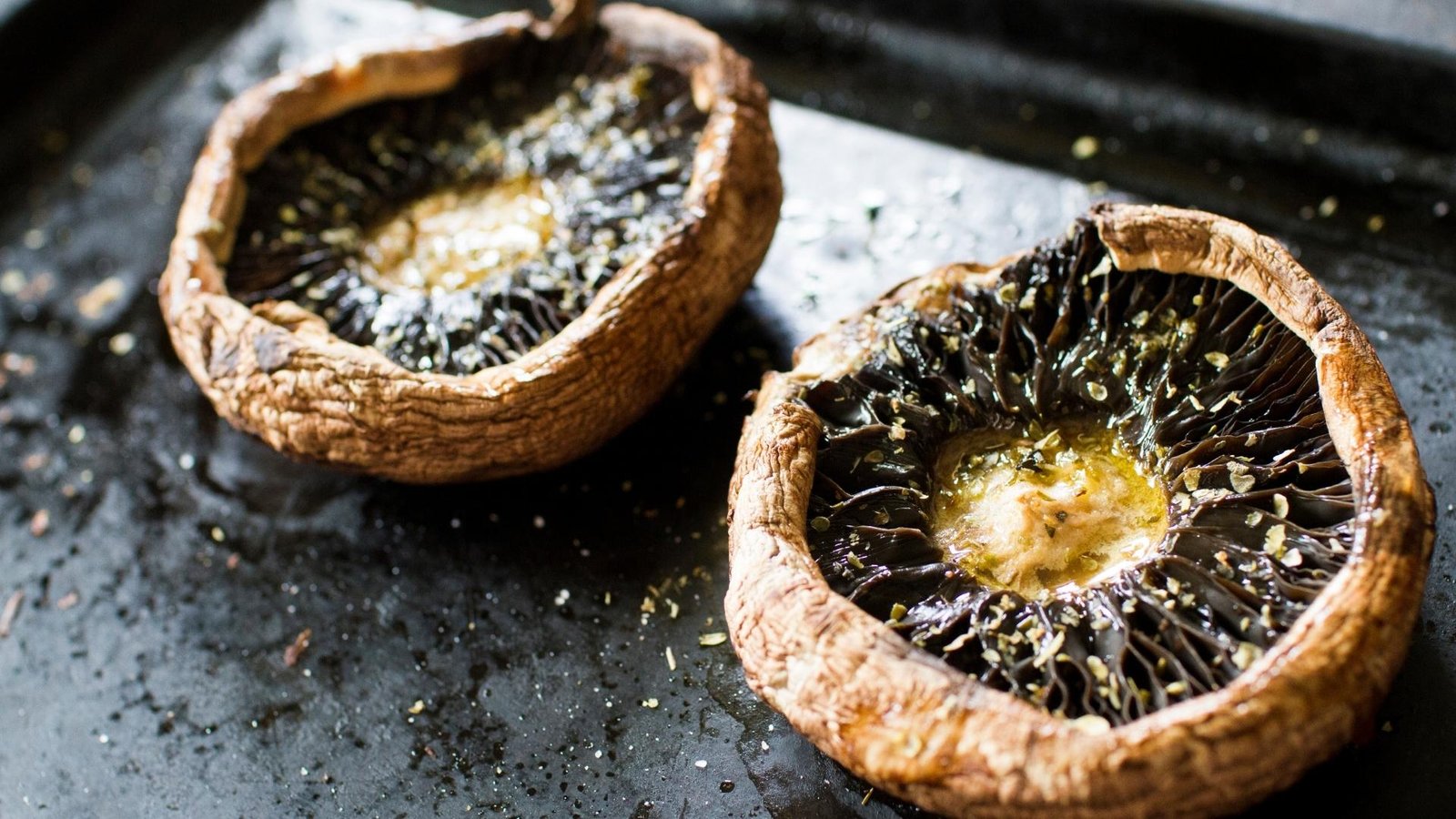
FINAL CONSIDERATIONS:
The story of Agaricus Bisporus, from its humble origins to its status as a culinary staple, is a captivating tale of nature’s generosity and human innovation. As we continue to explore and cherish this remarkable mushroom, let us remain mindful of its ecological significance and the endless possibilities it offers to the worlds of cuisine, nutrition, and beyond.
Don’t forget to check out the 🍄 Mushroom Network’s Marketplace to see what’s available. But hurry, our shelves are constantly evolving, and you wouldn’t want to miss out on this wonderful mushroom. Join our growing network of Patrons, Genetics, and Mycologist Vendors only on the 🍄 Mushroom Network!
Caught in the middle of the Mushroom Metropolis! 🍄🎶 If you’re just tuning in, you’re one step away from becoming a spore savant! Don’t just stand there like a stump – Log In or Become a Myco-Patron (FREE, like a mushroom in the wild!). Unlock the enchanted encyclopedia of fungi. 📚✨
-
 Rated 4.64 out of 5 based on 11 customer ratings$8.99 – $59.99Select options This product has multiple variants. The options may be chosen on the product page
Rated 4.64 out of 5 based on 11 customer ratings$8.99 – $59.99Select options This product has multiple variants. The options may be chosen on the product page
FAQs:
Yes, but cultivated varieties are most common in the culinary world.
Store in a refrigerator, ideally in a paper bag.
Age and maturity—Portobellos are simply mature Agaricus Bisporus.
Yes, certain wild species resemble Agaricus Bisporus; always source mushrooms from reputable vendors.
Related Articles:
The Sunlit Superfood: Boosting Vitamin D Intake with Mushrooms
There is a humble and underappreciated hero that boasts a powerful secret: the simple mushroom....
Read More...The Remarkable Journey of Agaricus Bisporus: From Pasture to Plate
Dive into the captivating story of Agaricus Bisporus, more commonly known as the button, portobello,...
Read More...The Galactic Map of Mushrooms: Understanding Spore Prints
About This Article: This is where you can leave notes or details that only ADMINS...
Read More...Turkey and Mushroom Meatball Sub
Introduction: Dive into the comforting flavors of this Turkey and Mushroom Meatball Sub, where juicy...
Read More...Other Mushroom Species To Research:
Artist’s Conk/Bracket (Ganoderma Applanatum)
Greetings, mycology aficionados and natural art enthusiasts! Today, we’re delving into the fascinating world of...
Read More...Jack-O’-Lantern Mushroom (Omphalotus Olearius)
SCIENTIFIC NAME: (Omphalotus Olearius) COMMON NAME(S): Jack-O’-Lantern I-NAME: JOL SPORE COLOR: PALE-YELLOW Deep within the...
Read More...False Parasol (Chlorophyllum Molybdites)
SCIENTIFIC NAME: (Chlorophyllum Molybdites) COMMON NAME(S): False Parasol | Green Vomiter | Green-Spored-Parasol | Green...
Read More...Cauliflower Mushroom (Sparassis Crispa)
SCIENTIFIC NAME: (Sparassis Crispa) COMMON NAME(S): Cauliflower Mushroom | Hanabiratake | Western Cauliflower Fungus |...
Read More...Other Recommended Reads:
Fungus Among Us: The Battle Against Contamination
About This Article: Join us in ‘Fungus Among Us: The Battle Against Contamination’ for an...
Read More...The War Against Contaminants: A Clean Sweep of Sterile TEK Tips & Tricks
About This Article: This is where you can leave notes or details that only ADMINS...
Read More...Brown Rice Flour (BRF) TEK Guide for Mycology
Dive into the world of mycology with the classic staple: Brown Rice Flour (BRF). Esteemed...
Read More...Turkey Tail: A Symbol of Longevity and Health
Turkey Tail: A Symbol of Longevity and Health dives into the captivating world of this...
Read More...Whoa there, Spore Sport! 🍄 Looks like you’re not logged in yet. Don’t you know what you’re missing? MYCO-CREDITS! Imagine all the fungal fun you could have. It’s like finding a Morel in May and not picking it. Tragic, right? Log In or Become a Myco-Patron and start racking up those credits. It’s more rewarding than finding a mushroom in your backyard! 🌟🏡




